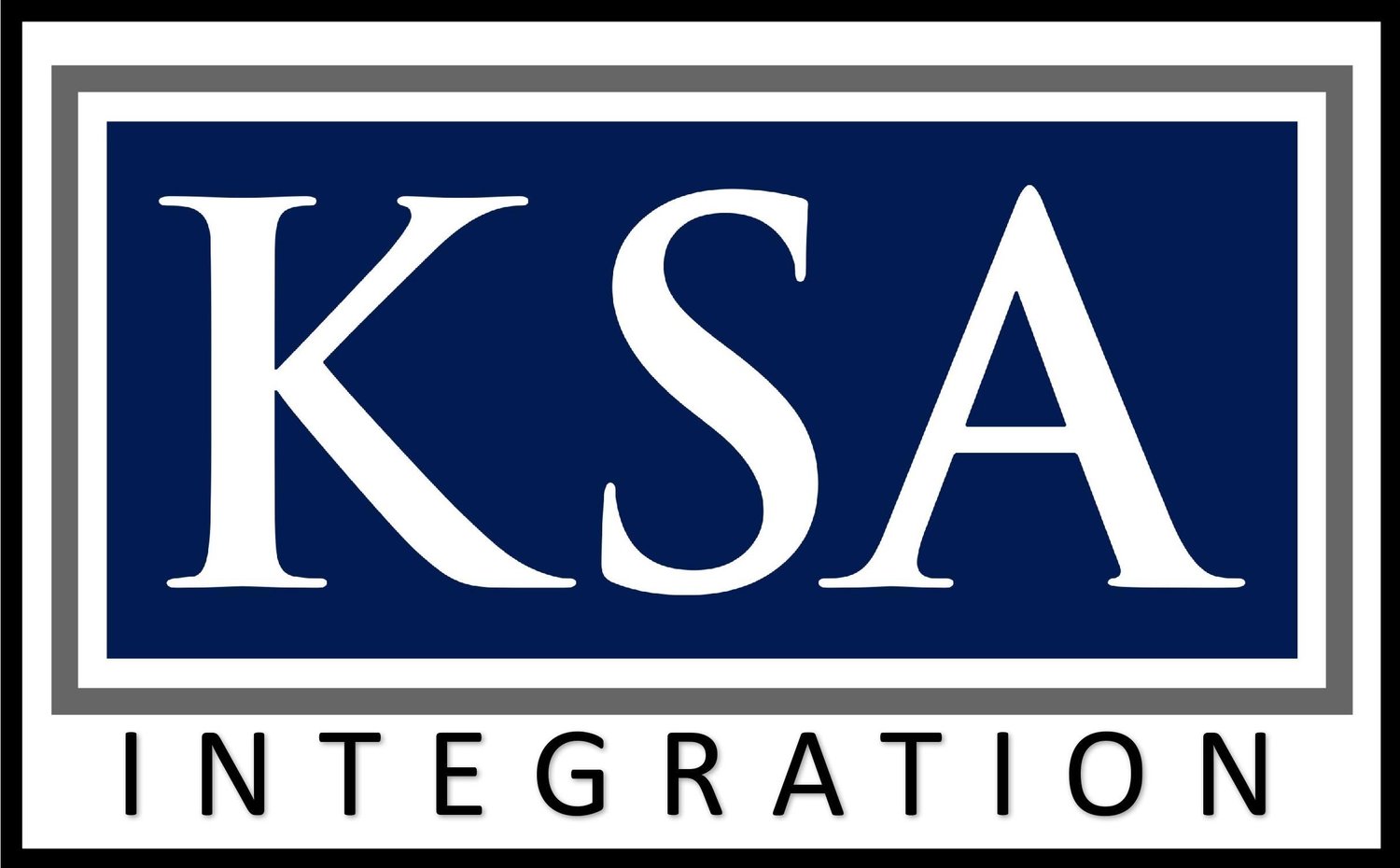Defining and Understanding Organizational Culture to Change It
- November 11, 2013
- Posted by: Keith Stalder
- Category: People

In my previous entry, I introduced the concept of organizational culture as the habits, attitudes, and practices that determine performance. Given the importance of the relationship between organizational culture and performance, wherein performance is an output of culture, fostering the correct culture is crucial to the success of any organization. Simply put, high performing organizations have high performing cultures. But this begs the question, how does one create a high performing culture? Answering this question first requires a genuine understanding of organizational culture and the elements which shape and define it. Then, with this understanding, comes the possibility of creating a specific organizational culture or changing one already in place. While this sounds like a basic enough formula, its success is predicated on having the correct definition and understanding of organizational culture. That sounds easy, but given the variety of ways in which the term is often used, it can be more difficult than it seems.
The term “culture” is greatly overused in almost every context, and especially in the realm of business and organizational behavior. We all have a vague notion of the definition. However, our individual interpretations are applied to the term culture in such a way that limits our understanding and ability to use the concept in a meaningful way.
For example, take the wide spread use of the term “popular culture” or “pop culture.” It is applied so broadly the word means almost everything that happens everywhere. This is just one example of how the use of “culture” has been over-generalized and individualized. Ultimately, this makes the term less than meaningful and almost impossible to apply uniformly. The same is true when applying “culture” to business and organizational reform/transformation.
For leaders and students of management and organizations, this need not be the case. In fact, if we are serious about making changes in organizational culture we really only need to do 3 fundamental things:
- Define it,
- Understand what creates it, and
- Appreciate how to change it.
1. Defining Culture: There is nothing abstract about culture. The dictionary definition that applies here is: “shared beliefs and values of group: the beliefs, customs, practices, and social behavior of a particular nation or people.” I prefer to simply say that it is the “habits, attitudes and practices” of any organization. As I said in my last blog, culture directly determines performance.
2. Understanding What Creates Culture: How is culture created? The things we do every single day; the accumulation and internalization of thousands of activities, thoughts, actions, habits, tendencies, and reactions create it. Subtly, but powerfully, the convergence of these factors produce effects that form culture and determine how organizations perform.
There are 4 core elements of organizational culture that comprise the driving forces of all activities, thoughts, actions, habits, tendencies, and reactions. They are:
- People,
- Leadership,
- Organization and Processes, and
- Industry-Specific Business Methods and Processes.
These elements all come together to create an organizational culture that is constantly evolving and refining in a dynamic fashion. While these elements are not often seen as connecting, they do. We can’t look at or isolate just one. They all interact with each other and all create organizational culture, which can be “good” or “not so good.”
There are important sub-elements as well and I’ll talk about each in subsequent postings, but these are the “big four.” They are the pillars that produce organizational culture. Think of it them as pillars supporting the “roof” of business culture.
3. Changing Culture: How is culture changed if we don’t like it? First, an understanding of the root causes of issues within our organizational culture must be developed. Once they are understood, the activities around these root causes must be reimagined in better ways. To permanently transform these reimagined activities into the habits, attitudes and practices, they must be reinforced day after day, year after year, until the activities, thoughts, actions, habits, tendencies, and reactions have been ingrained into the culture. Like everything that matters in life, what matters most are the things we do every day, year in and year out. It’s not a spectator activity. This is about making a difference by doing the right things, in the right ways, for the right reasons.
In my next blog, I’ll expand on defining culture and why this is the critical first step in organizational change.
I ask my readers to share their thoughts, concerns and observations. Please leave comments, they will be greatly appreciated.
Many thanks, Keith Stalder, #5
Copyright © 2013 Keith Stalder & Associates, LLC. All rights reserved.
